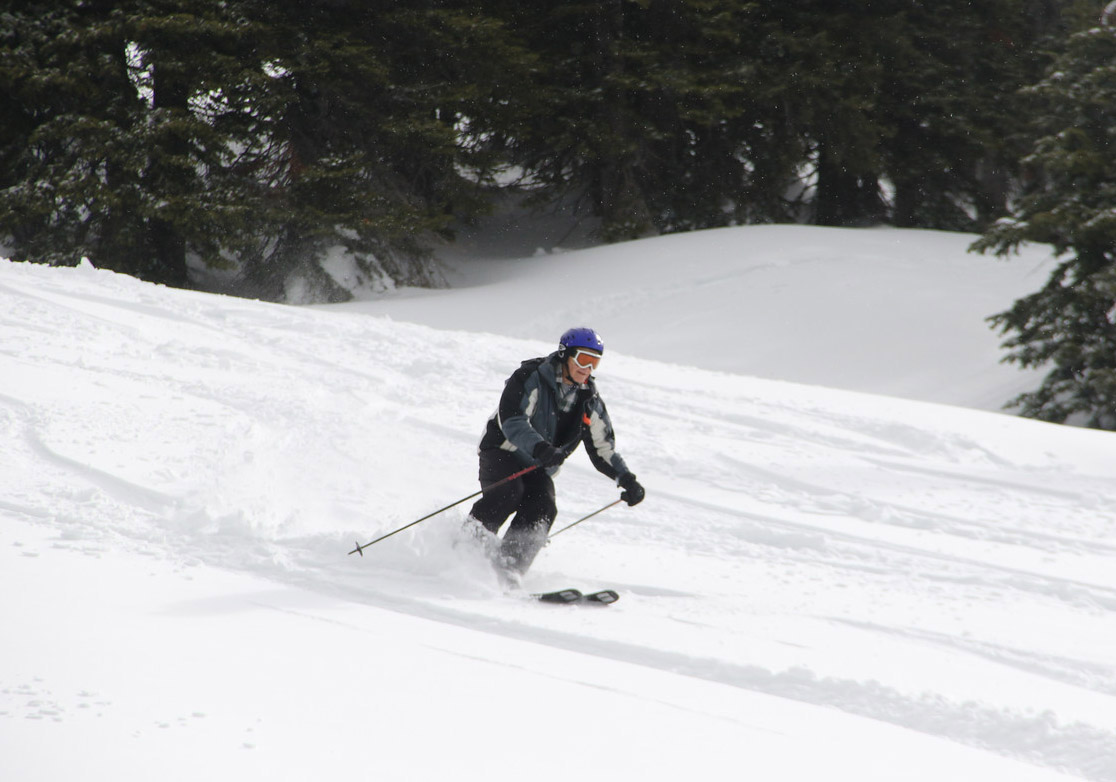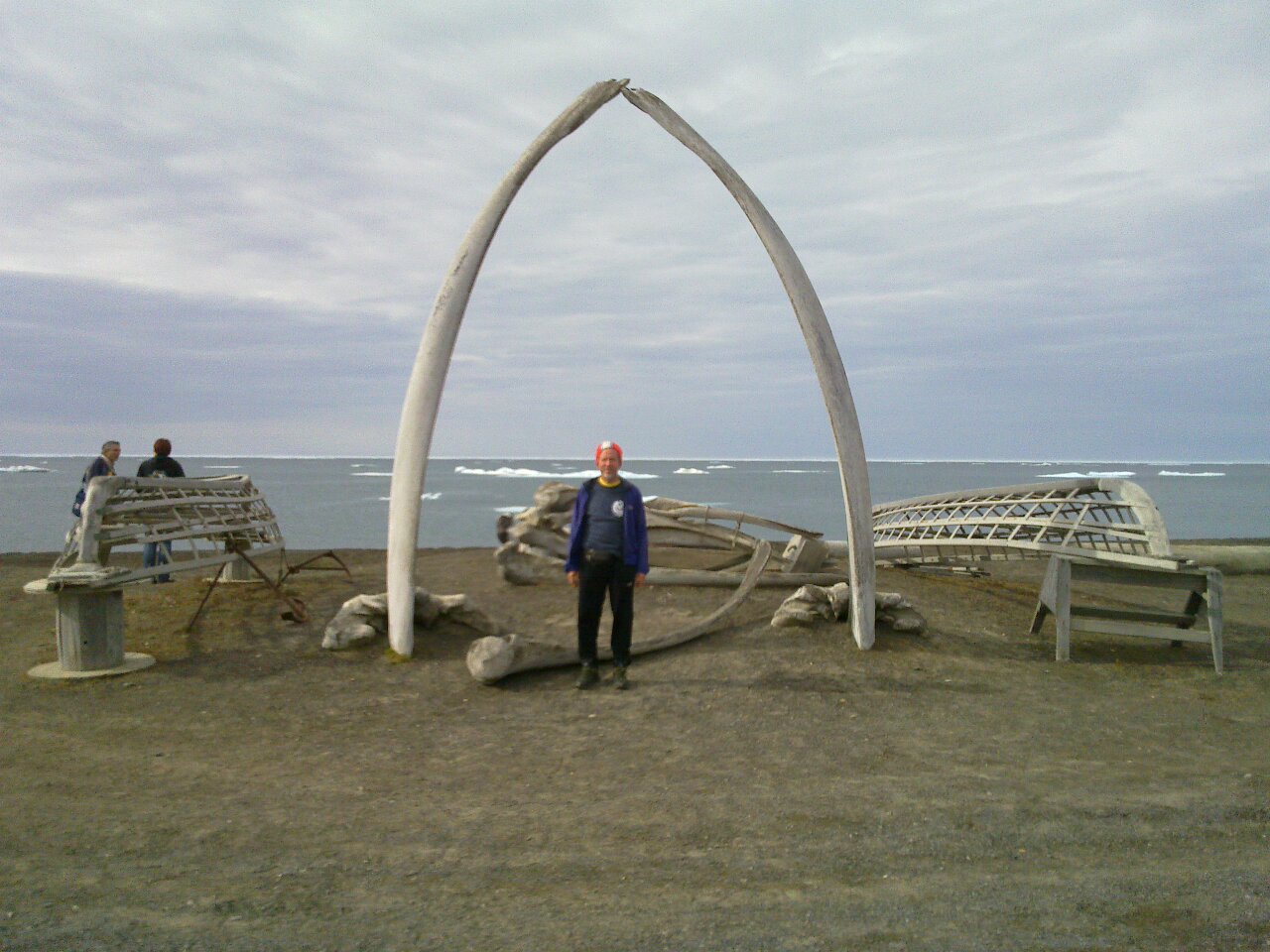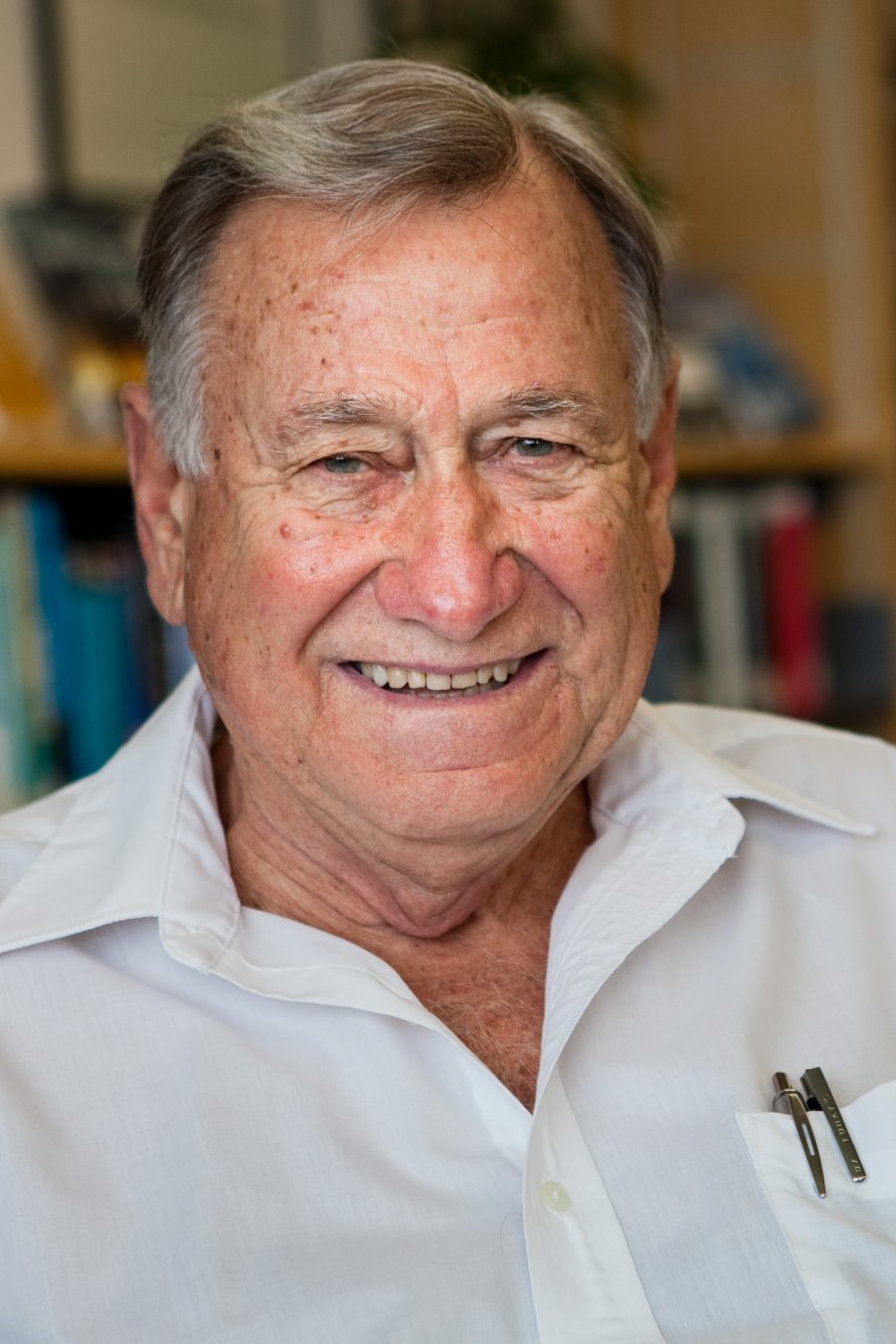
During February, as part of NOAA’s Heritage Week, NSSL will feature some of its longest-serving employees. Those employees will share their favorite experiences through the years, and highlight some of the most significant changes they have witnessed.
Dick Doviak is a senior research scientist at the NOAA National Severe Storms Laboratory, where he has worked for more than 45 years. Doviak began as the chief of the Doppler Radar Project, which lead to the installation of a network of NEXRAD radars across the United States in the early 1990s. He has managed several research projects, is a Fellow with both the Institute of Electrical and Electronics Engineers and the American Meteorological Society, and is the author, or co-author, of articles published in more than 20 journals.
Q: How did you get into your field?
A: My research at the University of Pennsylvania after my doctorate dealt with effects of the atmosphere on Radio Wave Propagation. I thought it would be of greater interest to work the problem the other way around — use radio waves for remote sensing of the atmosphere, i.e., measuring the characteristics of clear air turbulence and weather.
Q: Describe the path leading up to your current job.
A: I received a National Science Foundation grant at UP to develop an experiment to show that bistatic radar can detect atmospheric turbulence at longer ranges than a monostatic radar. That research and the development of an UP graduate course on scattering in the clear air atmosphere lead to my being invited to join NSSL to lead the Doppler Radar Project. I had to choose between two interesting jobs. Learn more about NSSL’s early weather radar research here.
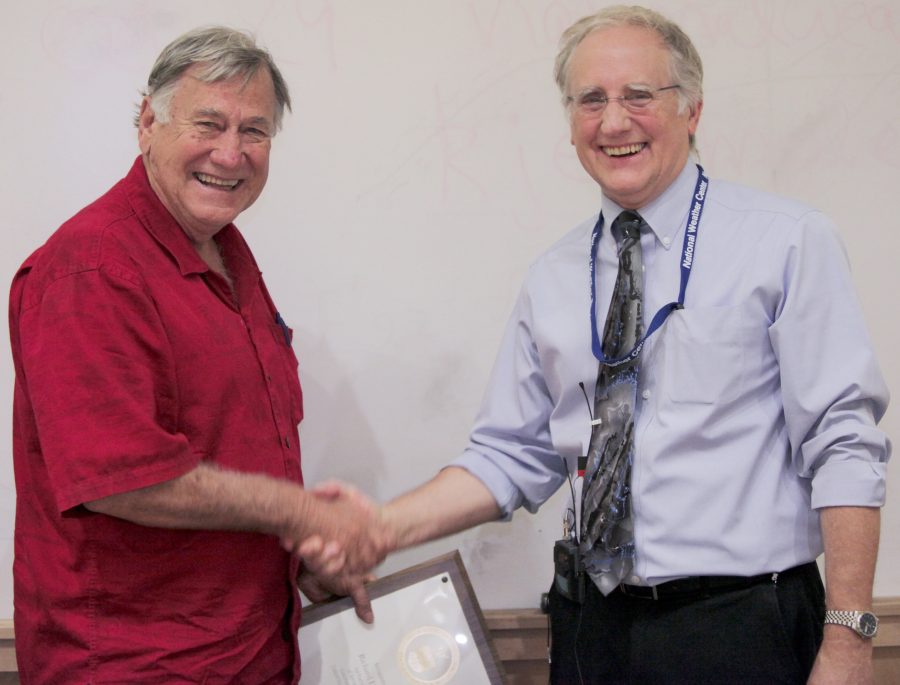
Q: What are you most proud of during your time at NSSL or what is the most significant achievement of your career?
A: Developing the Doppler Radar course at The University of Oklahoma and joining with fellow NSSL Scientist Dusan Zrnic to write an Academic Press book based on that course.
Q: What is the most significant advancement in your field during your time at NOAA?
A: The development of a polarimetric Doppler weather radar that is acceptable to and praised by the NOAA National Weather Service.
Q: Tell us something that might surprise us about you.
A: I won a gold medal in the Oklahoma Senior Olympics for bicycling.
Q: What is the most memorable experience of your career?
A: Witnessing the growth of the weather radar research at NSSL and OU.
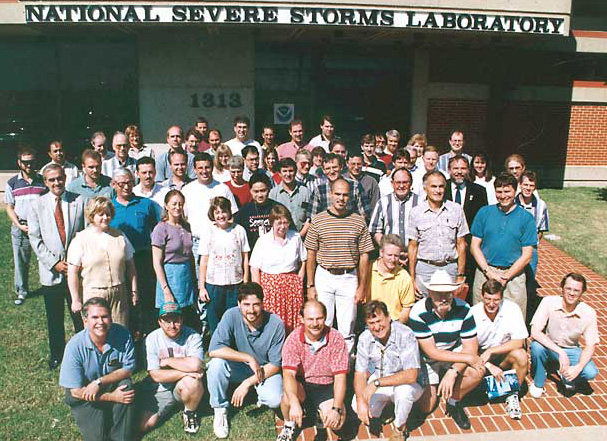
Q: What is the greatest challenge you’ve had to overcome in your life thus far?
A: Creating a mutually supportive and respectful collaboration between meteorologists and engineers.
Q: What advice would you give your younger self? Or what would you most like to tell your younger self?
A: Enjoy what you do, but do not focus all your time on work.
Q: Who is a famous person you have met and describe the circumstances?
A: Dr. A. P. J. Abdul Kalam, the President of India, which is the largest democracy in the world. The President is also a scientist and gave a talk at the same conference in Delhi that I was attending. A mutual friend arranged a meeting for me and my wife to meet the President in the Presidential Palace where we exchanged books and discussed a variety of topics.
Q: What is the best book you’ve ever read?
A: Even as a boy I enjoyed reading books on science and science fiction, even using one to build a telephone connection between my home and a friend’s home using parts obtained from a railroad. But one of my favorite books was 20,000 Leagues Under the Sea.
Q: Who is your role model and why?
A: Professor Pietro Lombardini, my graduate advisor, friend, and colleague at UP. Why? — because he believed in a balance between work and non-work activities, and to always be kind to others.

